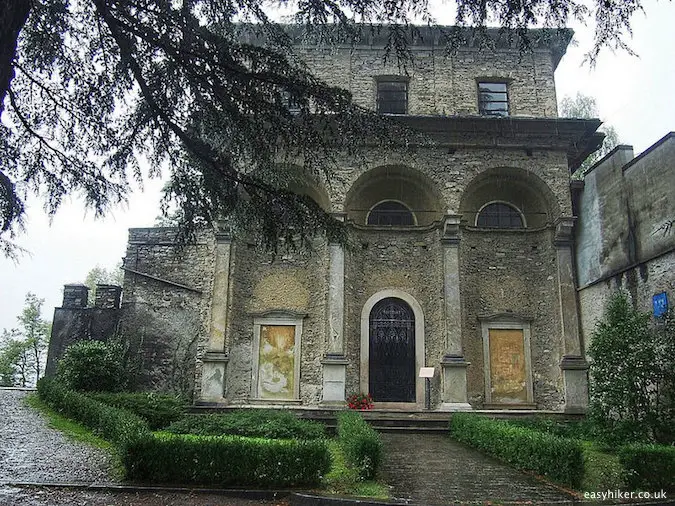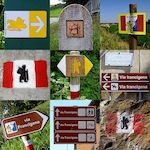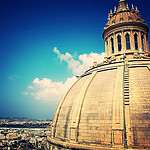We began our brief series of Roman walks where the city’s history began: on its legendary “seven hills”. Today, we will finish there as well, returning to the starting point of our journey but focusing on what has always been the odd one out of Rome’s seven hills
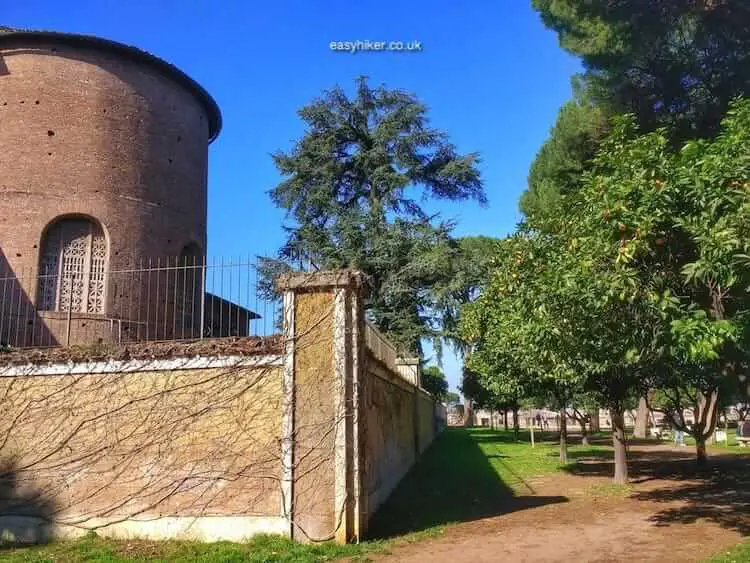
The Aventino on the Eternal City’s southern fringes could so easily have become the primus inter pares, the champion hill around which the ancient city was meant to develop. This, however, was not what the ancient myth told us happened.
When Remus and Romulus, Rome’s legendary founders, wanted to settle on a site for their new city, they decided to leave the final word to the Gods and chose augury – the observation of birds and their behaviour – as the means of ascertaining the divine will.
In other words, if Remus had managed to spot more birds on his chosen hill, the Aventino, than his brother Romulus registered on the Palatino during that fateful day, this would have been the place where Rome was built – or Rem, as it would certainly have been known.
But it was the Palatine Hill that became the centre of the city and eventually of the entire antique world. Meanwhile, the Aventino was reduced to a semi-bucolic suburb, first for workers and artisans who could not afford to live in downtown Rome and then, in Imperial times, for those who had the means to flee the increasingly noisy and crowded town centre.
Suddenly it became chic for the city’s well-to-do to build their residences away from the hubbub of politics and commerce – and this is how it has stayed ever since.

Discovering the Odd One out of Rome’s Seven Hills
We recommend you start your exploration of the quarter at the foot of the hill, near the metro station Piramide and the Porta San Paolo, one of the best preserved gates of the Aurelian City Wall from the 3rd century AD.

If you have been to Rome before, this corner of the city may look familiar to you – because, just around the corner, a brief walk further down Via Caio Cestio, you will find one of the city’s premier visitor attractions.
The English Cemetery may now be more inclusively called the Non-Catholic Cemetery of Rome, but whatever they call it, there can be little doubt that this corner of a foreign field will be forever Romantic England, …
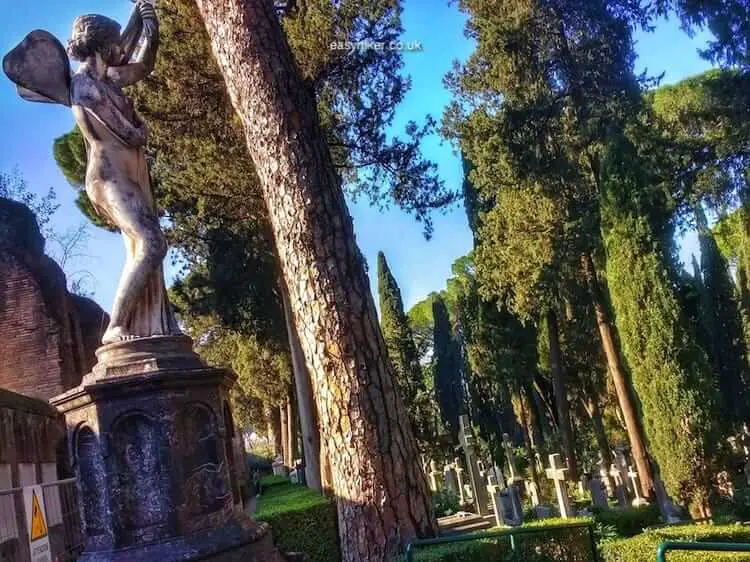
… not least because its most famous residents are two English poets from the Romantic period, John Keats …
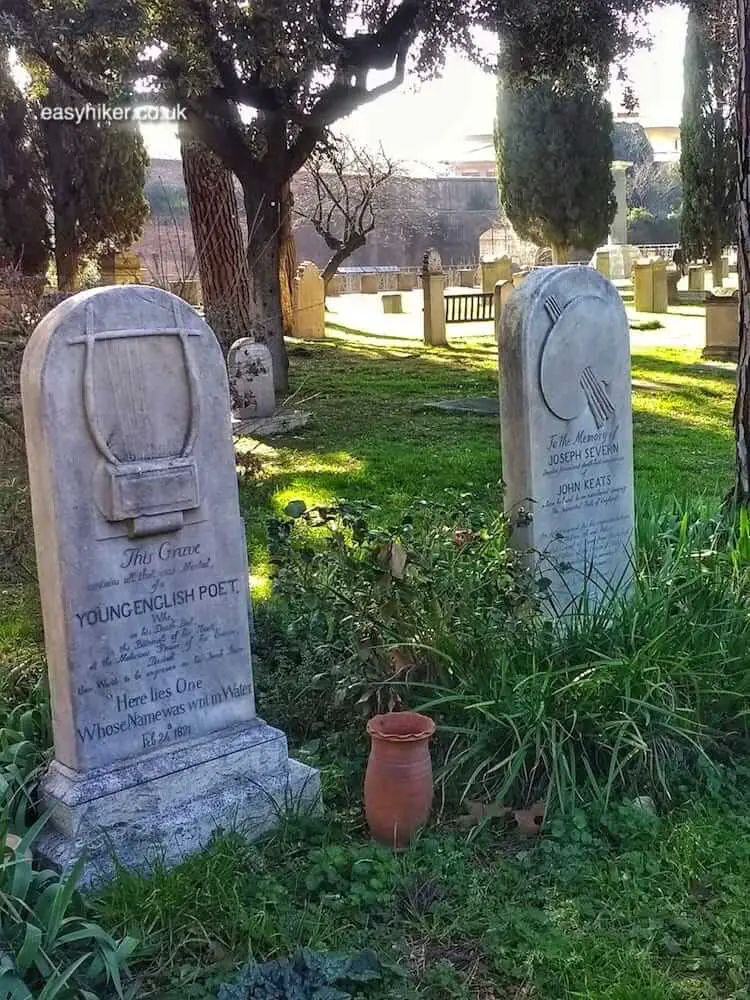
… and Shelley.
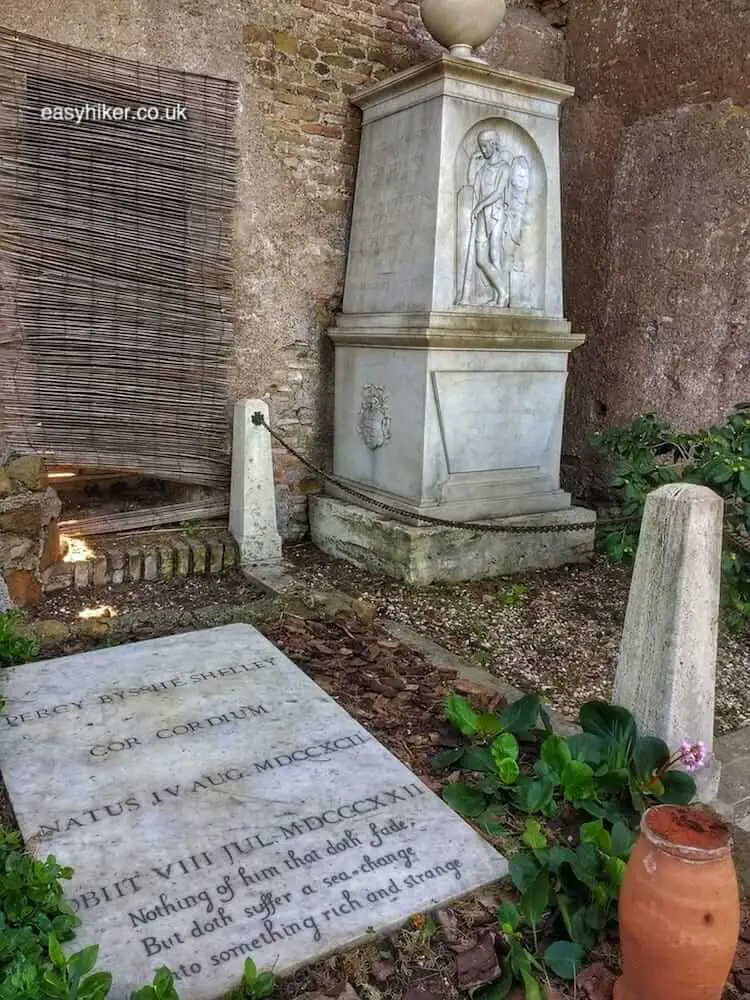
You will get a taste of the era’s taste for the Gothick …
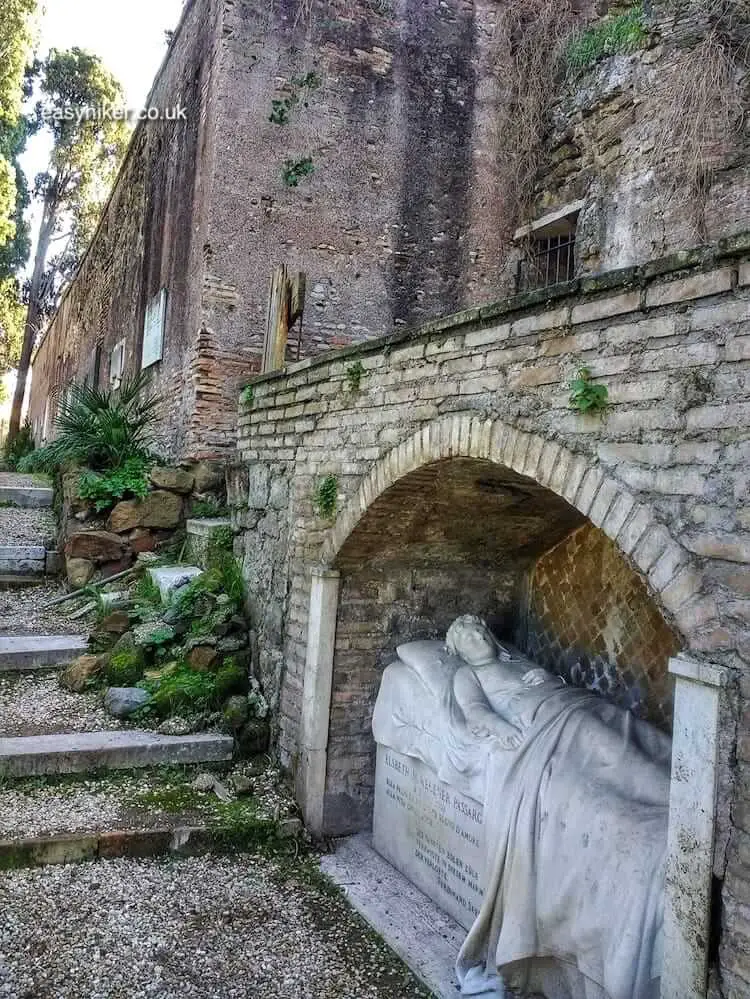
… but also a glimpse of a far older fad for exotic flavours: following the military adventures and amorous escapades of Julius Caesar and Marc Antony, Egypt was all the rage in early Imperial Rome.
Much of the architecture once inspired by the country of the Pharaohs and Queen Cleopatra has since disappeared, but the Pyramid of Cestius – built as a tomb for a Roman official – still stands.
You get a particularly good view of it from the park-like section next to John Keats’s grave.

After your visit of the cemetery, you should make your way uphill through the fancy residential streets around the Via di Porta Lavernale …
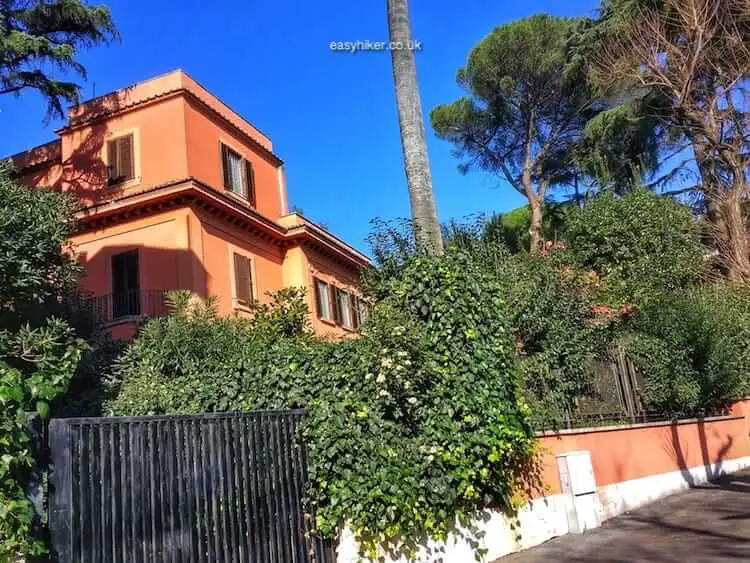
… to the Basilica di Santa Sabina, one of the oldest churchest anywhere in the world (originally established in the 5th century), …
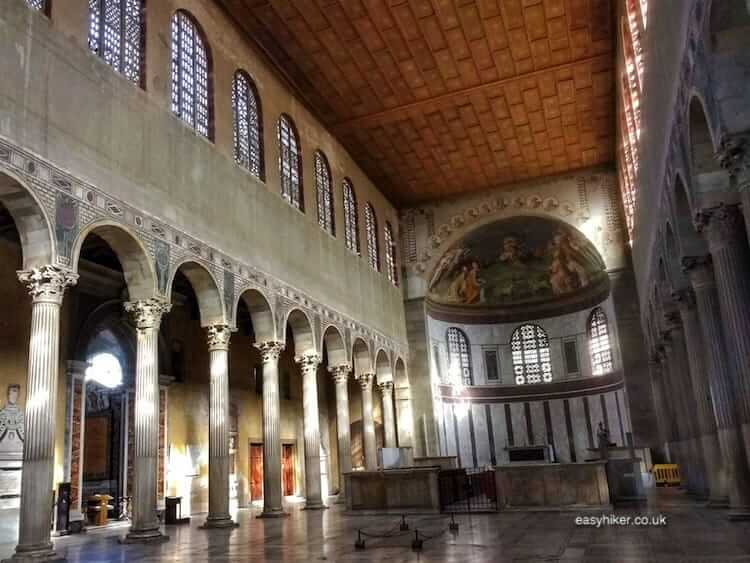
… so old in fact that nobody seems exactly sure who the Santa Sabina was to whom the church is dedicated. (It is generally thought that she was one of the early Christian martyrs.)
You will find what is perhaps the most attractive spot on the Avenino when you go next door – or next gate – …
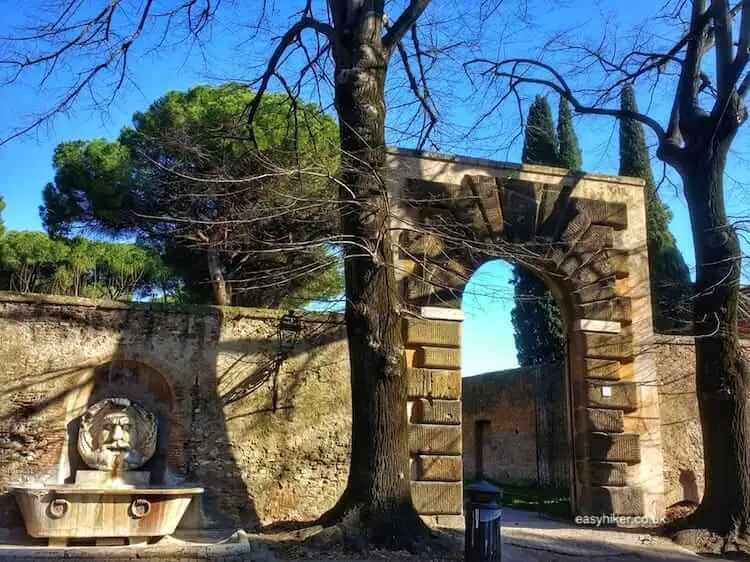
… to enter the Parco Savello and its Orange Garden, the Giardino degli Aranci. According to an old legend, this is the place where the first orange tree in Italy was planted after a Dominican friar had brought a naranja to Italy from a visit of Spain.
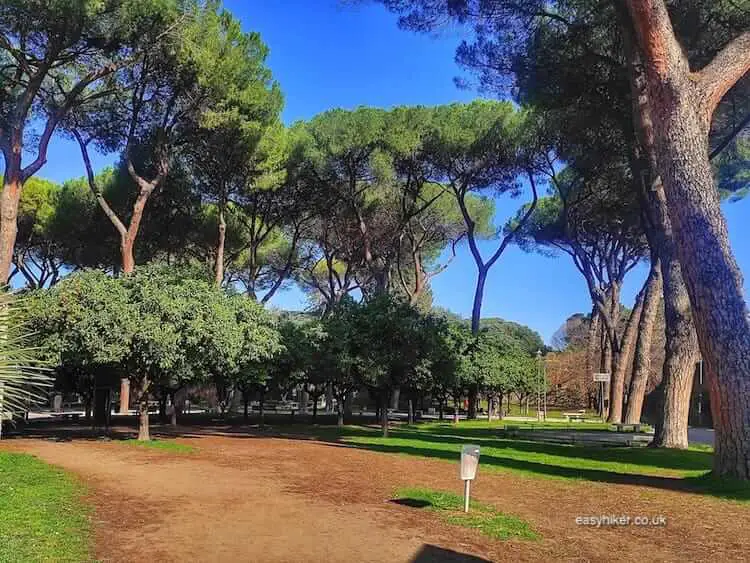
From here, you can get scenic views all over the city – or could, to be more precise, if the municipal government had not blocked any access to the viewing platform and covered the remaining panorama with meshed wire. (Perhaps you will have more luck than we, but for the time being, this is all you get to see.)
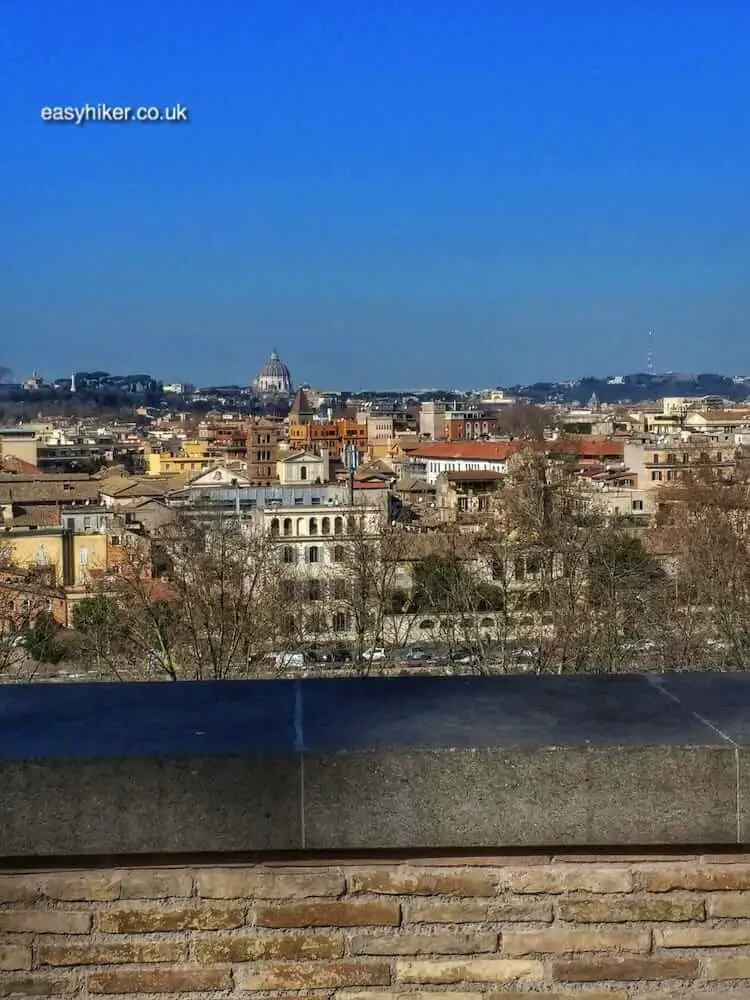
From the Parco Savello, continue down the Via di Santa Sabina to the Roseto Comunale, the municipal Rose Garden (which is at its best during spring and summer when all the flowers are in bloom).
The Roseto closes another circle: we started the walk at a cemetery and finish it near another place that used to be a graveyard because it was here where the members of Rome’s Jewish community once buried their dead. (All the Jewish graves were removed from here to the Campo Verano when Rome’s largest cemetery was opened to non-Catholics in the late 19th century.)
We end this walk at the foot of the Roseto (Piramide metro station is a short walk away on your left hand side) with views of the Aventino’s erstwhile rival, the Palatine Hill, mummified in its ancient glory, …

… whereas the Aventino – as we have just seen – still has a part to play in the life of a busy and thriving capital. It is not immediately obvious who the long-term winner was in this legendary battle.



